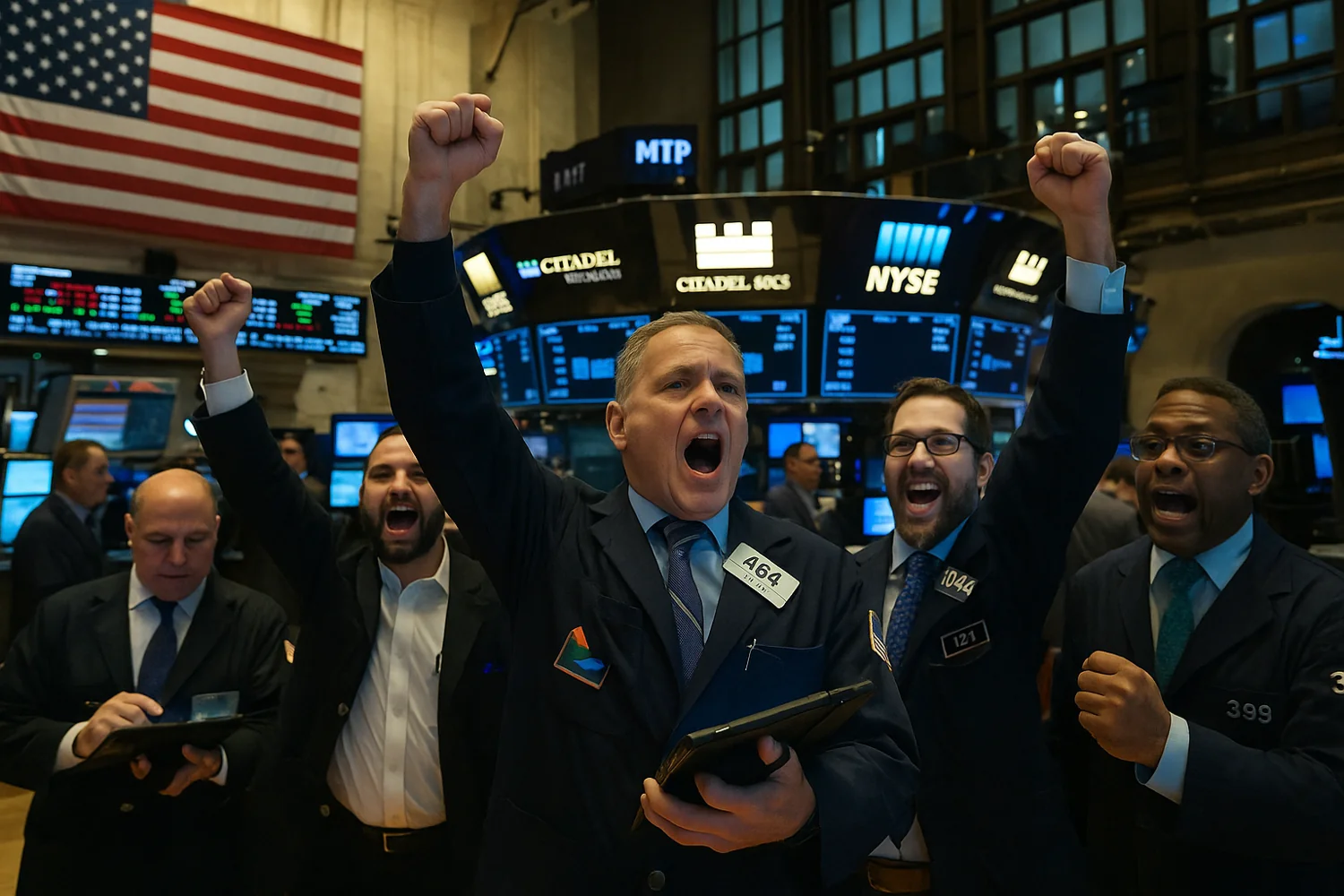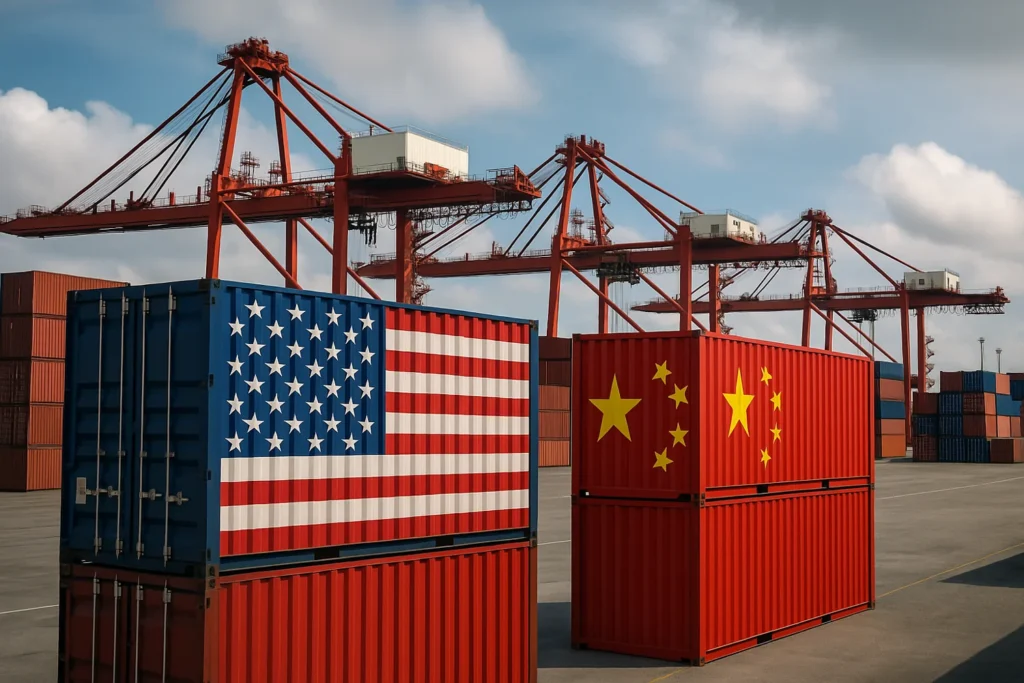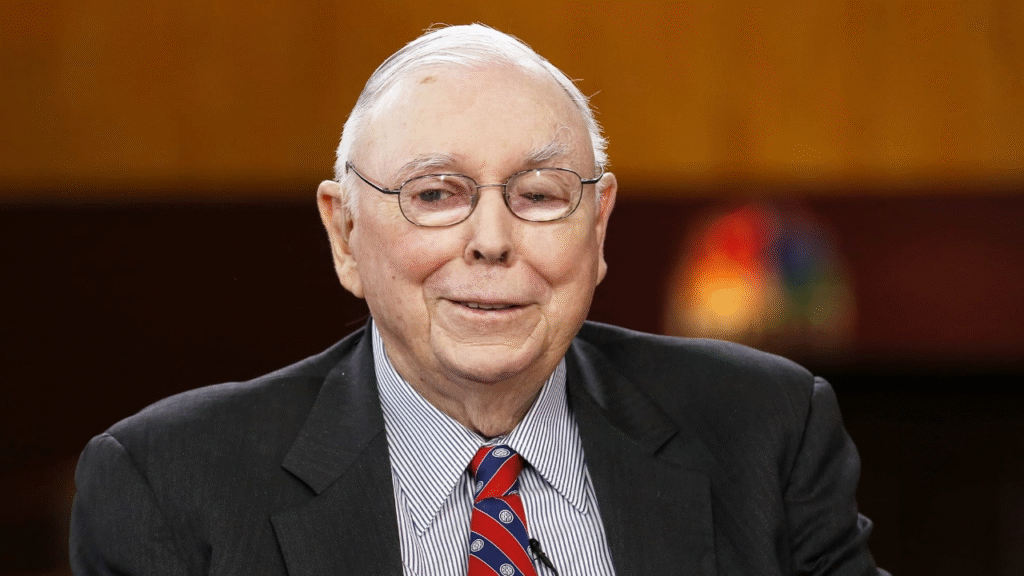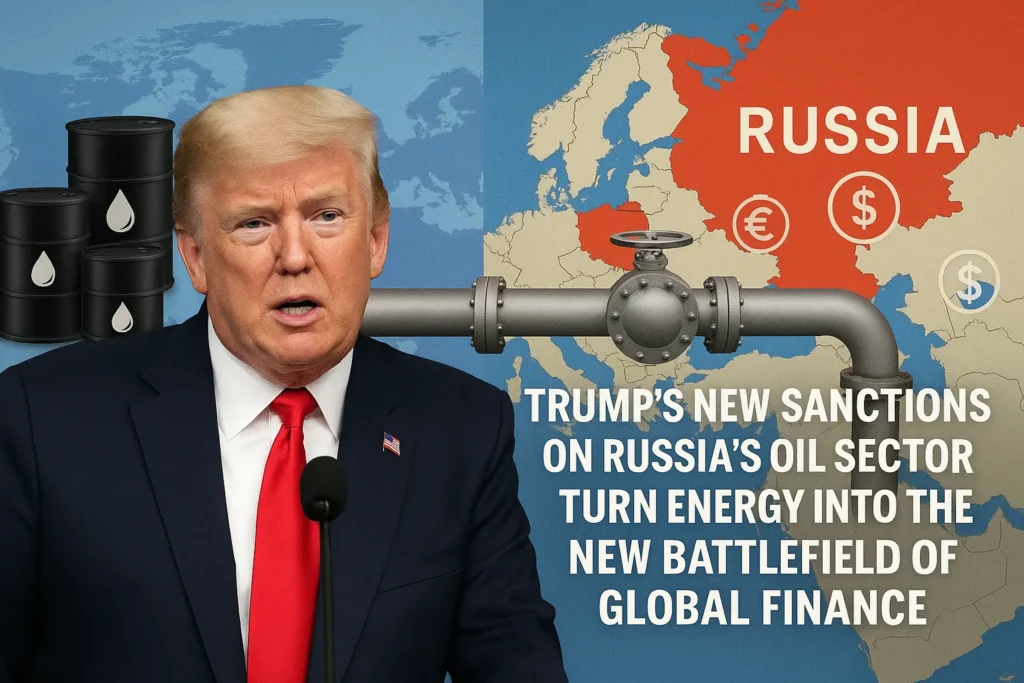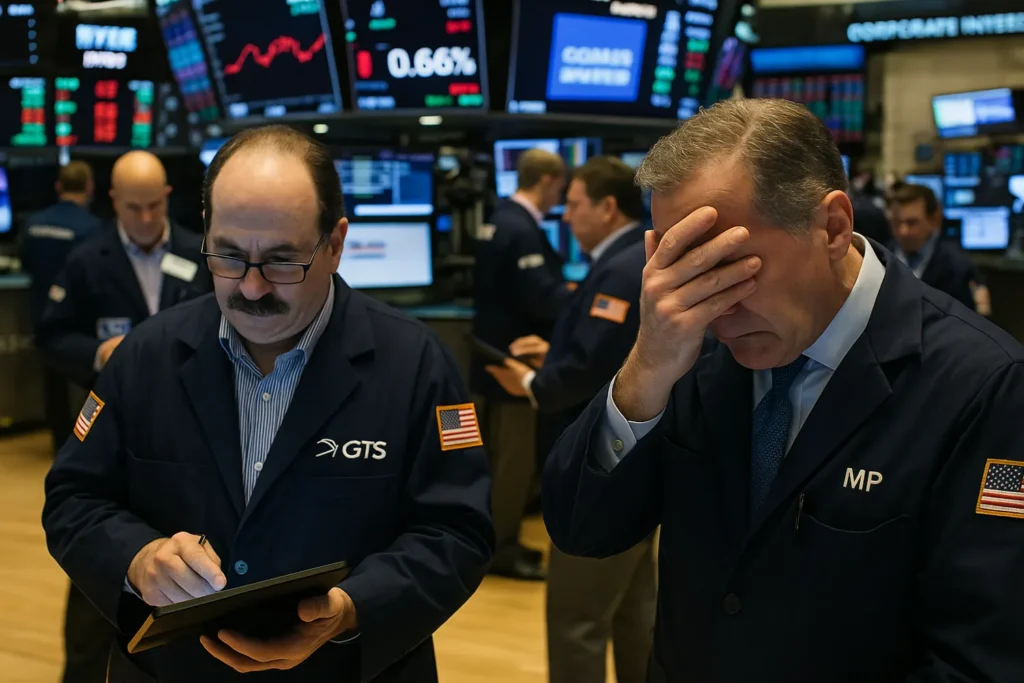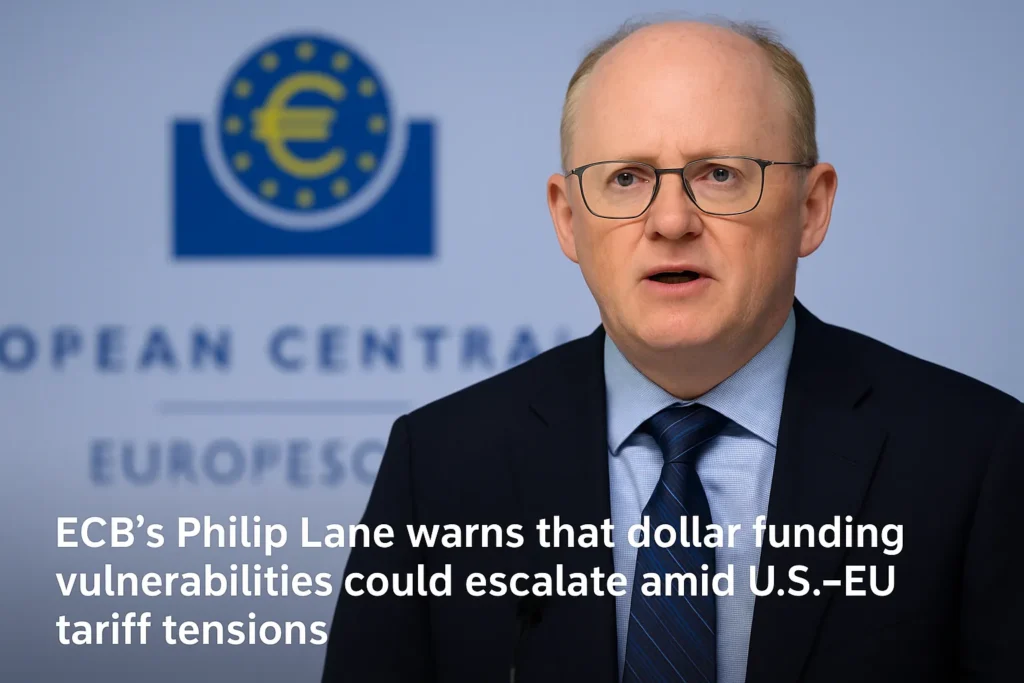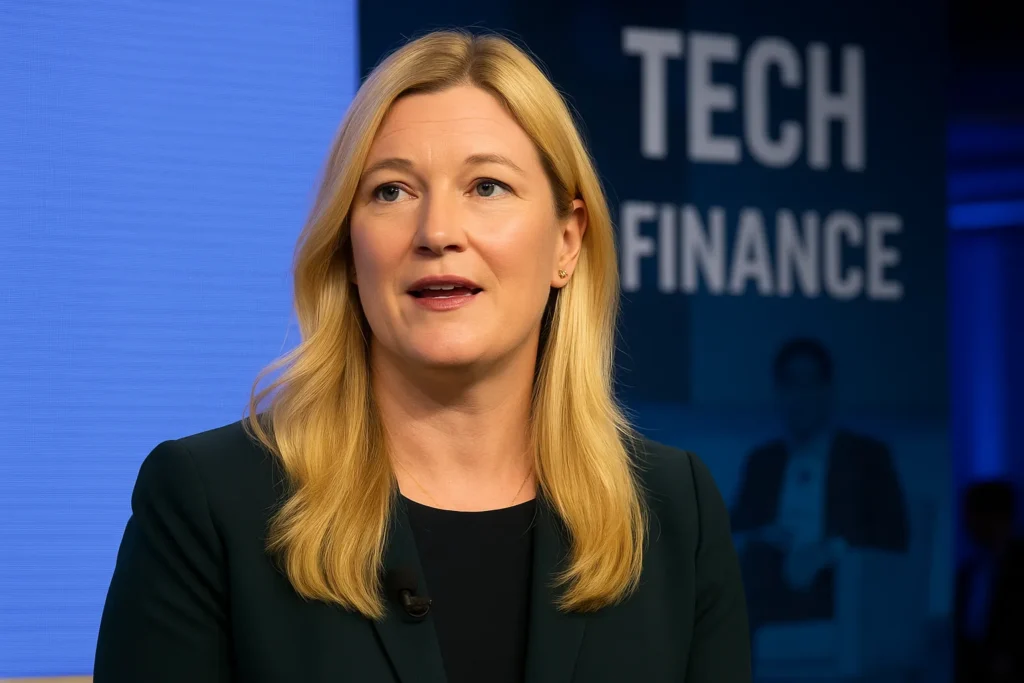The US stock market government shutdown dynamic has defied all logic. As the federal government grinds to a halt, the Dow Jones and S&P 500 keep breaking records. Investors appear unfazed, even euphoric. Yet this resilience may be more illusion than strength — a reflection of speculative faith rather than economic stability.
Context: The rally that ignores Washington’s paralysis
History shows that US government shutdowns rarely inflict long-term economic damage. During past crises, markets typically shrugged off political dysfunction. This time, the S&P 500 closed at an all-time high and the Dow followed suit.
According to CNN, investors view the shutdown as political theater — disruptive but temporary. Payrolls and inflation reports are frozen, but Wall Street keeps buying. Why? Because algorithms and optimism now dictate the rhythm of capital more than governance or accountability.
Still, the situation hides a darker truth: the data blackout caused by the shutdown. With key reports like nonfarm payrolls and CPI missing, the Federal Reserve loses visibility over the economy’s true state. Markets are flying blind — and celebrating it.
Oppositional Argument: This is not confidence — it’s denial
The mainstream narrative paints this as investor resilience. I call it denial. Wall Street has learned to profit from dysfunction. Political gridlock no longer frightens capital; it fuels it. The more Washington fails, the more traders bet on future rate cuts and stimulus — a perverse cycle of reward for instability.
The US stock market government shutdown story reveals something deeper: an addiction to short-term liquidity over structural reform. Instead of worrying about a paralyzed Congress, investors chase gains from the AI boom, tech buybacks, and speculative momentum. It’s not faith in America’s fundamentals. It’s faith in the Fed’s rescue reflex.
Analytical Breakdown: Markets as political anesthetic
Let’s dissect this illusion of stability.
When the government shuts down, 800,000 federal workers go unpaid, contractors lose business, and data pipelines freeze. Yet indexes climb. Why? Because modern markets are detached from the real economy. Algorithmic trading and passive funds create an automated optimism that no longer responds to human signals.
Historically, during the 2018 and 2013 shutdowns, equities dipped briefly before recovering. The same script is playing out now. But the difference is scale. The AI-driven capital wave — from Nvidia to Microsoft — absorbs every shock. Investors treat crisis as content, volatility as opportunity.
Still, inflation lingers above target. Consumer debt sits at record highs. Without official data, policymakers can’t see the cracks forming beneath the rally. Economists warn that the real damage of a shutdown is invisible: the delayed contracts, halted permits, and fading trust in government efficiency.
Human Perspective: Ordinary Americans don’t rally with the Dow
For federal workers and small businesses, a government shutdown isn’t a blip — it’s a blow. Paychecks stop, mortgage payments slip, and federal aid stalls. Yet cable networks glorify Wall Street’s “resilience.”
Take the case of civil contractors in Virginia, who face layoffs every shutdown cycle. Or families depending on WIC and SNAP, uncertain when benefits will resume. They’re the human cost behind the ticker tape euphoria. The S&P’s record highs mean little to those standing in unemployment lines created by bureaucratic paralysis.
Counterarguments
Some argue markets reflect long-term faith — that investors discount political noise and focus on growth. True, US companies remain profitable and global investors still trust the dollar. But that trust isn’t infinite. If the shutdown drags on, the illusion of resilience may fracture. Credit ratings could face scrutiny again, as in 2011 when S&P downgraded US debt.
The market’s calm could quickly mutate into chaos once liquidity tightens or policy paralysis extends into fiscal cliffs.
Conclusion: Faith without fundamentals is fragility
The US stock market government shutdown paradox exposes America’s new economic religion — belief without evidence. Investors worship the market’s immunity to politics, but history shows every bubble bursts when reality returns.
This isn’t resilience; it’s complacency wrapped in optimism. Wall Street’s rally amid Washington’s paralysis reveals a society where financial speculation replaces civic trust. And that, more than any shutdown, is the real danger to America’s future stability.
External Links
- CNN: US stock market and government shutdown
- Reuters: Economic data blackout complicates Fed decisions
53 views
